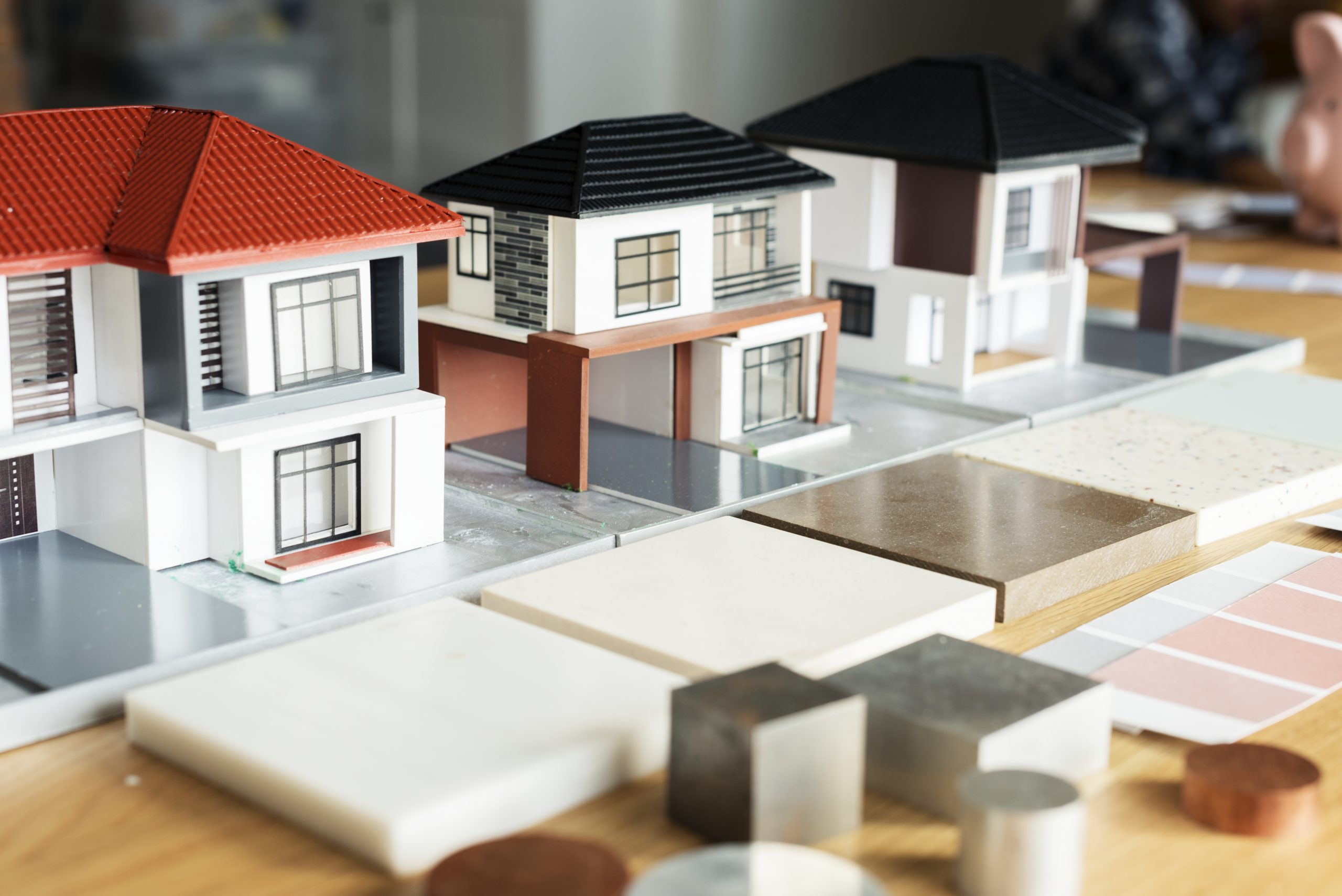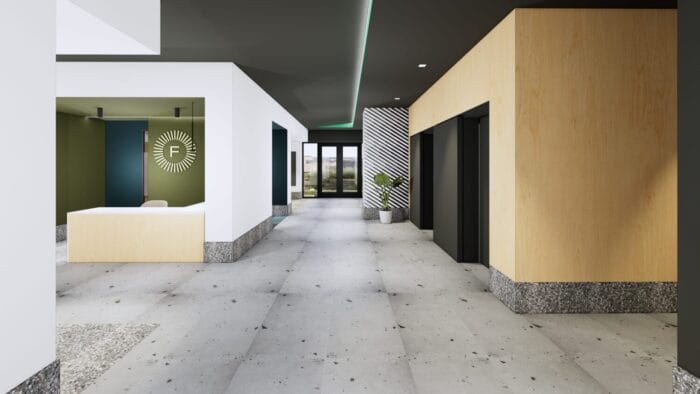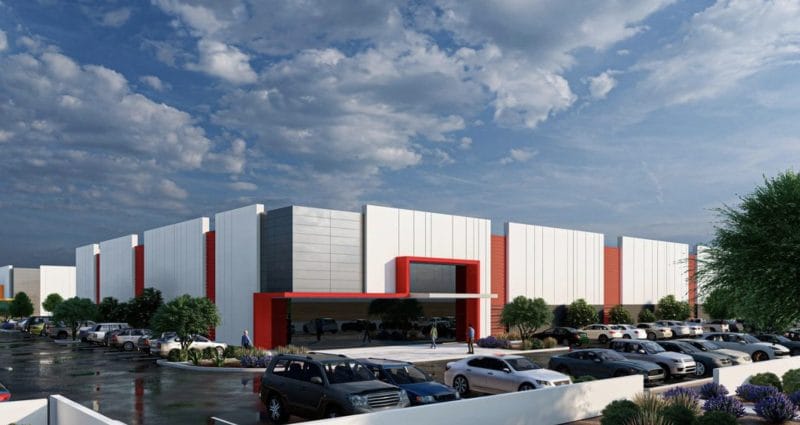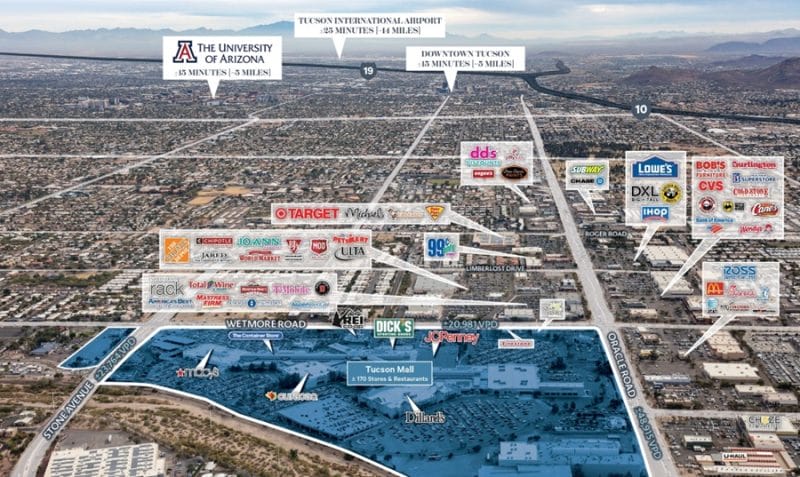By Christian Britschgi | Reason
Duplexes, triplexes, and fourplexes remain a small fraction of overall home construction despite several states’ passage of reforms legalizing this type of “missing middle” housing in all residential neighborhoods.
“Multifamily development projects have been growing in size,” wrote Apartment List researchers Chris Salviati and Rob Warnock in a new report parsing U.S. Census Bureau building permit data. “From 1990 to 2009, 18 percent of multifamily units permitted were in buildings with two to four units; from 2010 to 2022, this type of ‘missing middle’ housing accounted for just 8 percent of multifamily building permits.”
In 2022, local jurisdictions permitted 52,735 homes in two- to four-unit buildings. That’s a paltry 3 percent of overall construction. It’s an increase in raw numbers from the 2010s when the country was typically permitting under 40,000 missing middle units per year but a drop in the share of permitting for new housing. That drop is partially explained by a boom in larger multifamily construction.
Still, these permitting figures also speak to the slow start, and often disappointing results, of missing middle reforms that have passed thus far.
Three states now, Oregon, California, and Maine, have passed bills allowing at least duplexes on almost all residential land statewide. On a local level, Minneapolis garnered a lot of attention for being the first jurisdiction in the country to eliminate single-family-only zoning in late 2018.
Minneapolis implemented its reforms in 2020. Portland, Oregon, implemented state-level reforms in August 2021. (Other jurisdictions in the state had until June 2022 to act.) California’s S.B. 9, which legalized duplexes and lot splits, went into effect in January 2022.
(Maine gave municipalities until July 2023 to implement that state’s missing middle reforms.)
This means we have at least a year’s worth of these reforms being in effect in most places that have adopted them. The evidence so far suggests that they’re doing little to boost housing production.









